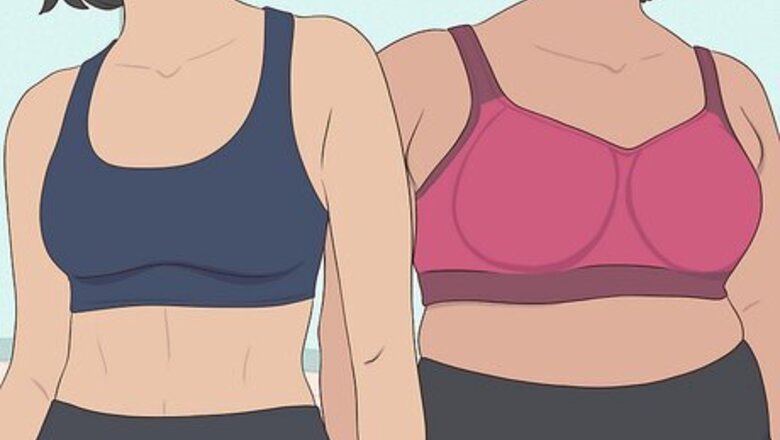
views
For Women

Supportive sports bras Sports bras keep your chest secure and out-of the way while you work out, so you can focus on your routine and form, not your discomfort. Compression bras are best for smaller cup sizes, while “encapsulation” bras offer more support for larger chests. If you plan to be doing a lot of high-impact movement, opt for a racerback bra, which can be cinched in the back for added security. Some sports bras are even meant to be worn as tops on their own, which is great if you want to wear as little material as possible in a stuffy gym.

Breathable tops When you work out, you want to make sure that your clothing doesn't trap the heat. For your top, wear materials like cotton blends, polyester, or moisture-wicking sports fabric, which won’t stifle you. If possible, choose a top specifically designed for wicking sweat. Consider wearing a tank top for a more breathable—if more revealing—outfit. For simple activities like running or sports, a loose top is fine. For more technical workouts, or any that require equipment, closer-fitting tops are ideal. Loose tops aren’t great for things like yoga, since they can sag and get in your face. Opt for slightly tighter tops here.

Non-restrictive leggings or shorts You’ve got plenty of options here, as long as it’s something flexible and with a secure waistband: gym shorts, sweatpants, track pants, or yoga pants. Professional stylist Hannah Park prefers leggings with mesh cutouts. Just make sure your bottoms aren’t restricting, and that you can perform a full range of leg workouts while you're wearing them. Sweatpants are a great option for static workouts like weightlifting, but can be a bit too baggy or thick for cardio. If you wear shorts, consider wearing bike shorts or another snug undergarment to avoid any modesty mishaps that might be caused by loose to too-short shorts.
For Men
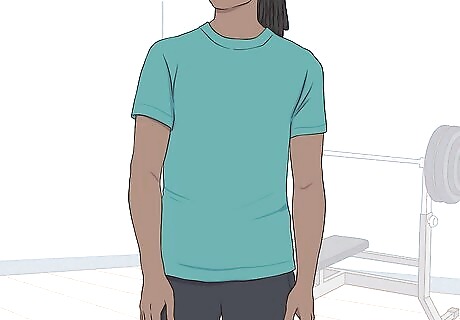
Breathable tops Nothing fancy required—a cotton blend t-shirt or tank will suffice. Or, choose a breathable, sweat-wicking polyester shirt for maximum comfort, and bonus points if it’s form fitting to show off your physique and look good at the gym. Whatever you do, pick something that will absorb sweat and that won't restrict your range of motion. Keep in mind that overly loose or baggy shirts can interfere with your form, and be a hazard around equipment. When in doubt, size a bit smaller. Tighter tops can also help you keep an eye on the expansion and contraction of your muscles as you lift weights, helping you monitor your form.
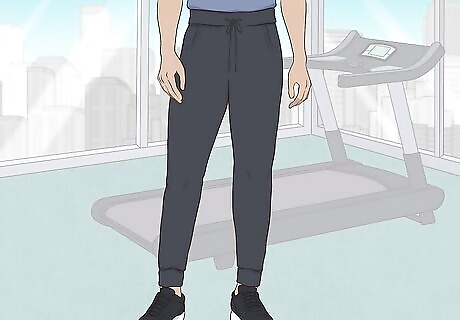
Non-restricting shorts or sweats Running shorts with a mesh lining are ideal for just about any gym scenario. Sweats are best for stationary activities, like weights, where you don’t need totally unrestricted movement. Whichever you go with, make sure that, like your top, your bottoms don’t get in the way. Avoid shorts that extend more than an inch below your knees—especially if they’re loose around the legs. The lower your shorts, the shorter your range of motion. If you decide to wear shorts, make sure you’re also wearing form-fitting underwear, as other people may be able to see up the leg of your shorts when you're using machines like the leg press.
Shoes & Socks

Supportive sneakers In most cases, just a standard pair of sneakers will do, but make sure they still have some tread on the bottom, and that they’re comfortable to wear for extended periods. Open-toed shoes are often a no-go at many gyms, and non-athletic shoes, like skate shoes, can make you appear less-than-serious, if appearances are your concern. Ankle and arch support are especially important if you’ll be lifting weights. Specialized weightlifting shoes, with a hard sole, are ideal, but most running shoes will do the job. Always avoid sandals, Crocs, or going barefoot. These options are neither hygienic nor safe.

Breathable socks Like everything else, you want your gym socks to be breathable and secure—cotton blend or polyester socks are generally a good choice. High-top socks are also a safe bet, as they won’t sag or come off in your shoes during an intense workout. Plus, they work with most outfits. That said, low or even no-show socks are much more breathable, and tend to look great with leggings or sweatpants. Whatever you choose, make sure your socks aren’t too tight, which can restrict circulation. Ideally, you won’t even be thinking about your socks during a workout.
Accessories & General Advice
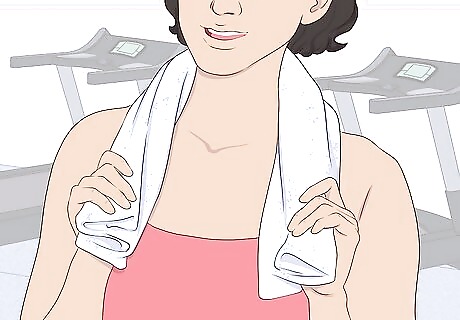
Carry a small towel to wipe away sweat. Towels are a handy tool to have at any gym. As you move about the gym, use a soft, clean towel to wipe your sweat away. You might also drape a towel over a machine to tell others you’re still using it while you grab a drink or use the restroom. Also, clean up any sweat that you do leave on a machine. Wipe down the seat, the bars, and any other part that your sweat has touched, and sweat can carry unsavory bacteria. Most gyms provide their own complimentary towels, but bringing your own is sometimes more sanitary.
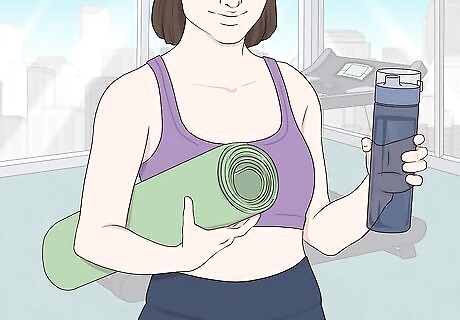
Bring a water bottle, plus workout-specific accessories. No matter your workout routine, hydration is key, so grab a water bottle on your way out the door. Then, think about your workout and ask yourself if you need any additional accessories, like: A padded mat for yoga or other stretching-intensive workouts. Weight lifting gloves and straps to protect against blisters, calluses, and pulled muscles. They’re not required, but handy. Sweatbands for your forehead and wrists to keep the sweat out of your eyes and off your hands.
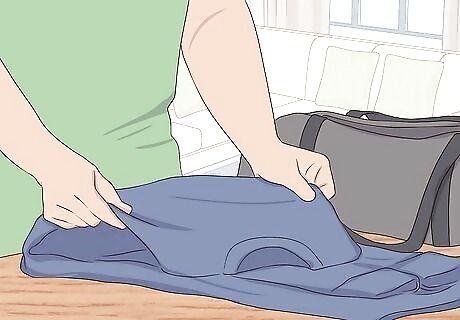
Bring a lightweight outer layer to keep yourself warm. P.E. teacher Paige Bowen reminds us that some gyms like to really crank the AC, so grab a hoodie or a sweatshirt just in case it’s chilly in there. You can always take it off if you overheat! A light jacket can also come in handy for the commute and the time spent between the gym and your car. Keep these in a locker as you work out, or just tie them securely around your waist. Similarly, wearing sweatpants over your shorts is a great way to prepare for any sort of temperature. Like a jacket, just take them off if you don't need them.
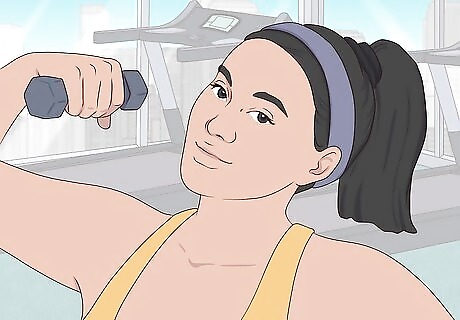
Stick with light or no makeup, and leave behind loose jewelry. If you’re getting a good workout, even the most durable makeup will start to slip. There’s nothing wrong with going bare-faced to the gym, take it from us. If you want makeup, use a light touch in the mirror, at most. Then, take off any loose jewelry, like necklaces or bracelets, which can be a huge safety hazard around equipment. Also consider taking off any rings if you plan to use weight machines, as the metal can leave unfortunate scratches in your jewelry.
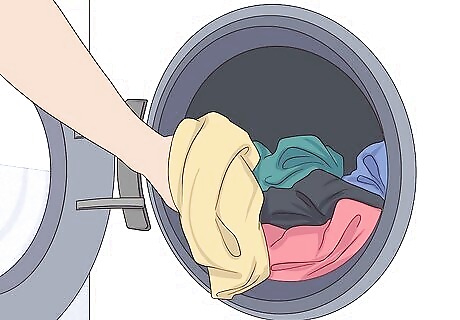
Wash your clothes after the gym. Even your own sweat, when left to dry on fabric, can breed hazardous bacteria, and muster quite the odor. Always wash your gym clothes after a single use to keep them clean, and as a courtesy to other gym-goers. Note that 100% cotton materials soak up sweat and may harbor the most bacteria. Opt for cotton blends or synthetic fabrics.


















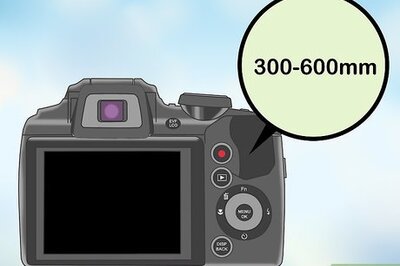
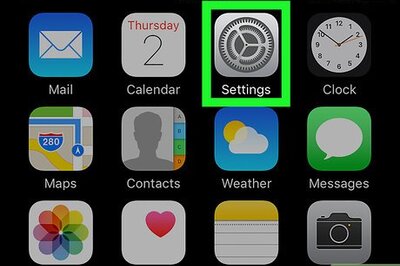
Comments
0 comment